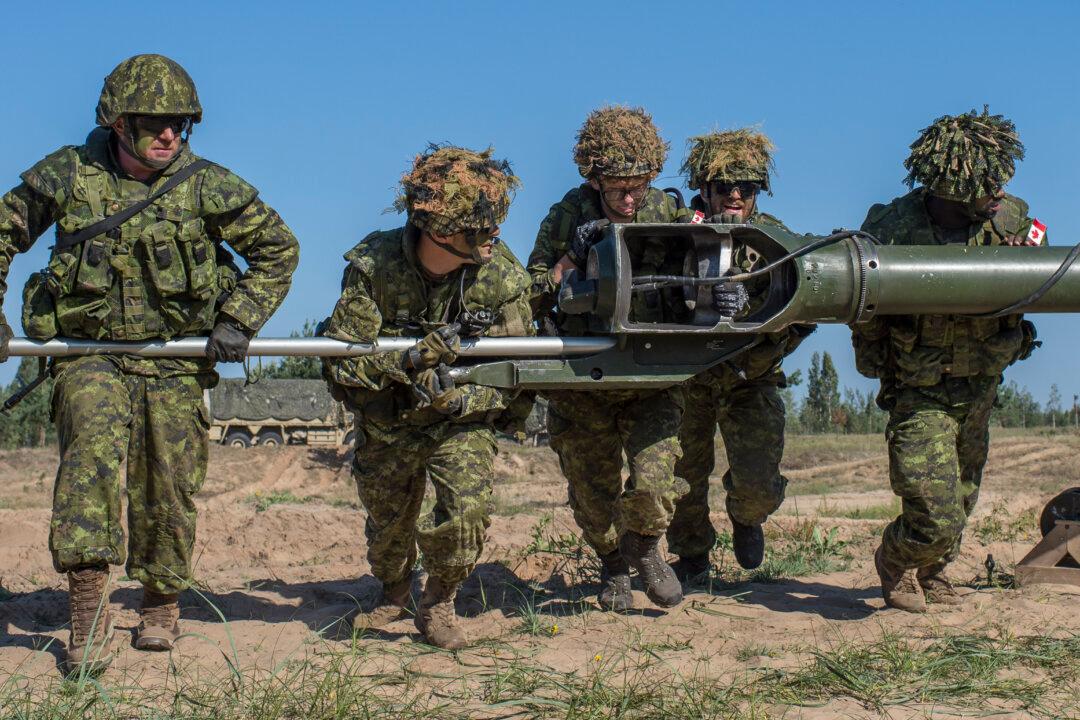Canada benefits immensely from the protection of the United States, which is asking it, in no uncertain terms, to spend more on national defence and security.
Two of Canada’s major priorities include fixing its military procurement processes and upgrading North American Air Defence Command (Norad). As a country that relies heavily on military alliances, these would, in turn, make Canada a stronger partner for its allies—especially the United States.
Former vice-chief of defence staff Guy R. Thibault, a retired lieutenant-general, says that Canadians greatly appreciate their armed forces and their involvement in the world as peacekeepers. Canadians want their armed forces to be well equipped to carry out their missions, but when it comes to where they think the government should rank defence spending among other priorities, “We’re somewhere down [around the level of] the national ballet or the arts,” Thibault said in an interview.
National defence and security typically aren’t in the public consciousness unless an event like the Afghanistan mission, 9/11, or the Persian Gulf War in 1990–91 is at hand. Canadians generally don’t appreciate why they need to spend on defence given the relative security they enjoy due to geography.





